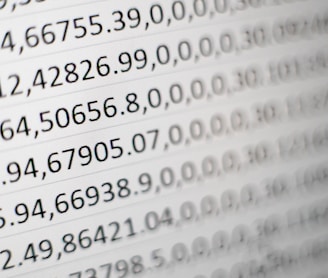PyMera
Pymera relies on the robust and efficient computer vision library, Mediapipe, to carry out its face tracking and selfie segmentation functions. Mediapipe offers a variety of pre-trained models that enable Pymera to accurately detect and track the user's face in real-time.
The library also provides models for facial landmark detection, which Pymera uses to precisely crop the video to focus on the face. Additionally, Pymera utilizes Mediapipe's selfie segmentation model to separate the user's face from the background and apply a blur effect to the latter. This feature is particularly useful in video conferencing and vlogging scenarios where the background may be distracting. By incorporating Mediapipe into its code, Pymera is able to provide users with high-quality and efficient video processing capabilities.

Dall-E clone
In addition to Pymera, I also created a MERN-based website that utilizes the OpenAI Dall-E API to generate images. The website allows users to input text descriptions, which are then used by the Dall-E API to generate corresponding images. The generated images are stored using the cloud-based media management platform, Cloudinary.
The website is built using the MERN stack, which includes MongoDB, Express, React, and Node.js. This stack provides a powerful and flexible framework for building full-stack web applications.Using the website, users can create custom images for a variety of purposes, such as graphic design, advertising, or social media. The Dall-E API generates high-quality images that are visually appealing and can be used in a variety of contexts.
The images can be downloaded or shared directly from the website, making it easy for users to incorporate them into their projects. The use of Cloudinary ensures that the images are stored securely and can be accessed quickly and easily. Overall, the MERN-based website offers a powerful and user-friendly platform for generating custom images using advanced AI technology.


Lemon classifier
Another project I worked on involved using deep learning to classify lemons as either good or bad. To improve the accuracy of the model, I first augmented the dataset by generating additional images through techniques such as rotation, flipping, and zooming. The augmented dataset was then used to train a model based on the pre-trained VGG-16 architecture.The model achieved an impressive accuracy rate of 99% in classifying lemons as good or bad. This high level of accuracy makes the model a powerful tool for sorting lemons in real-world scenarios, such as in agricultural settings or in grocery stores. The use of deep learning and pre-trained models enabled the model to learn complex features of the images, which contributed to its high level of accuracy.Overall, the project demonstrates the potential of deep learning and image classification for real-world applications. By accurately classifying lemons, the model can help improve efficiency and reduce waste in the agricultural and food industries.


